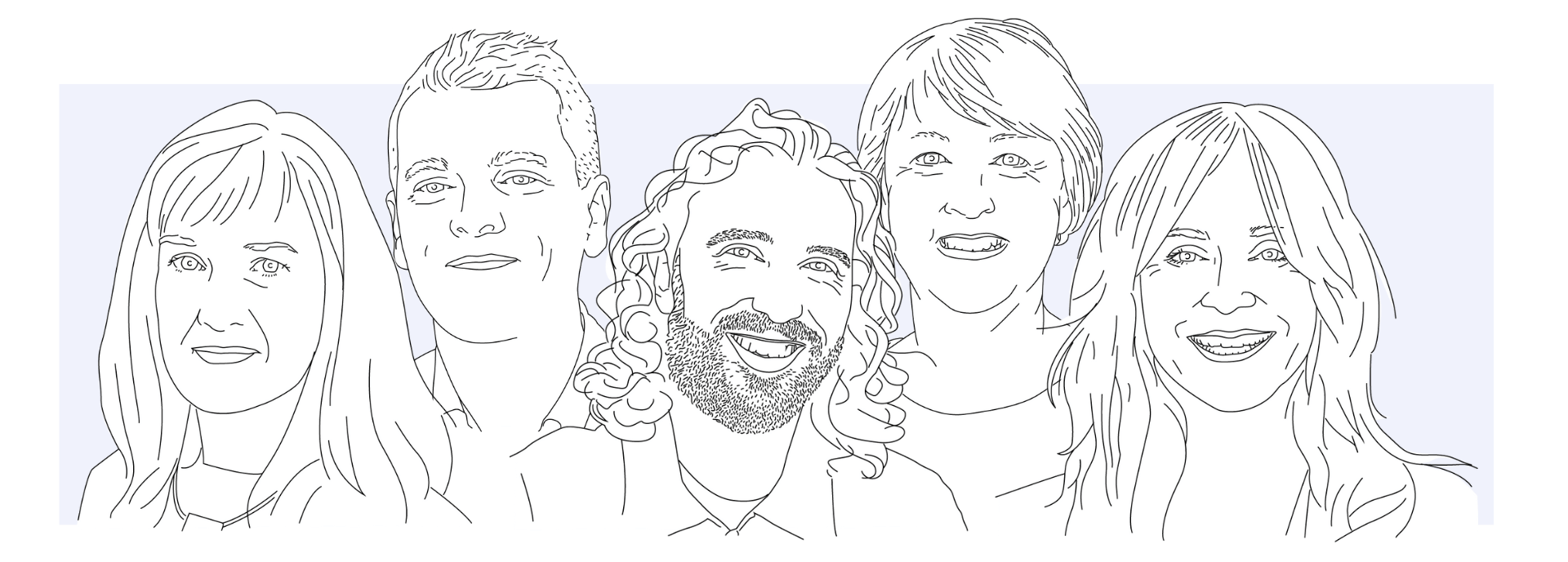
3 October 2023
After decades internalising Ronald Reagan’s famous quip that “government is not the solution to our problem; government is the problem”, something appears to be changing. National governments are trying to revive their own capacity to get things done, and coordinate with private and community sector actors in ambitious attempts to solve public problems.
The economist Mariana Mazzucato’s “mission” approach has become a common inspiration for national governments in the UK, Australia, Chile, Argentina and elsewhere.
“Missions are concrete ways to tackle challenges”, Mazzucato has said, often using the moon landing as an example of mission-oriented government. Policy missions – whether around tackling socio-economic inequality, addressing climate change or other big policy issues – need “government driven by a strong sense of public purpose”, acting confidently and collaboratively with other sectors.
While national governments are having a “mission moment”, city governments have long been experimenting with similar ideas, particularly through the use of “Challenge” competitions. City governments’ experiences with Challenges can help us better understand the opportunities and limits of mission-oriented government.
Challenges are competitions that seek and reward novel solutions to complex policy problems thought to require innovative solutions and cross-sectoral collaboration. They are promoted globally by influential organisations such as the OECD, Nesta and Bloomberg Philanthropies.
In the local context, Challenges can be led by city governments or sponsored by corporations and philanthropic organisations with city governments as a partner or participant. Participants can also include established businesses, start-ups, non-profits and civic organisations. Each participant responds to a “Challenge statement” – an expression of the “mission” – by proposing solutions unconstrained by business-as-usual approaches.
The ambitions pegged to “Urban Challenges” vary. At the high-profile end of the spectrum lie examples like the Bloomberg Philanthropies’ Mayors Challenge, which awards city governments with USD 1 million grants to “grand prize winners” to advance breakthrough ideas that address their most pressing problems.
Challenges run by city governments tend to be less richly endowed but not necessarily less ambitious. The London Mayor’s Resilience Fund, for example, provides £40,000 grants to for-profit and non-profit enterprises to help the city recover from COVID-19. The City of Sydney’s Alternative Housing Ideas competition in 2019 provided seven finalists with $20,000 to develop their proposals for tackling Sydney’s housing affordability crisis. Meanwhile, the City of Melbourne’s Open Innovation Competition – an annual challenge to attract proposals to solve a specified city issue – is in its fifth iteration.
Successful proposals may be adopted or, more likely, tested and trialled. Finalists are often given the opportunity for coaching or prototyping to refine proposed solutions, with a view to their wider replication. Sometimes they are not implemented at all: publicity, exposure and experience can be the primary purpose for Challenge sponsors and participants.
Objective evaluations of the outcomes of Challenges are conspicuously absent. But their relatively limited funding suggests their purpose is as much to catalyse new thinking, practices and partnerships as it is to deliver on the specified “mission” in immediately measurable ways. Their impact may be as much in the cultural shift they evoke within city governance: an openness to experimentation, an orientation to action over planning, a willingness to fail and, especially, a favourable disposition towards coordinated cross-sectoral collaboration to build problem-solving capacity.
What, then, are the limitations of Challenges and, relatedly, the vulnerabilities of the “mission moment”? Our research on the use of Challenges by city government identifies three main areas.
First, Challenge winners tend to focus on tightly defined projects with the potential for quick wins, such as a housing demonstration scheme or a software solution to improve public service access. But sizeable gaps exist between these time-limited projects and the more intractable structures and systems that generate problems in the first place. In other words, they may risk addressing symptoms, not causes.
Second, technological innovations have been especially prominent among Challenge winners. Many city-scaled Challenges are framed around tech solutions: approximately half those captured in our analysis explicitly sought new, often digital, technologies. Ultimate success – and ongoing funding – often hinges on the assumed commercialisation of the technology. Solutions that are difficult to commercialise, or not commercialisable at all, are less likely to be put forward. This hint of technological solutionism associated with many Challenge competitions has obvious risks for filtering which policy problems come to the fore and which remain in the “too hard” basket.
Finally, Challenges assume competition delivers the “best” solutions to a given problem. But participation requires substantial resources, skillsets and experience, and involves risks and exposure. In other words, there are barriers to entry that favour some cities, organisations and groups better positioned to develop competitive entries, and exclude others. Consequences ensue for what kinds of projects and programs are selected and promoted by Challenges, and replicated world-wide as “best practice”.
For city governments, Challenge competitions can increase their capability while overlooking the most intractable urban problems and the fullest range of voices and solutions. For the “mission moment” to realise its promise, these issues are worth bearing in mind. Otherwise, it might result in a failure to launch.
Pauline McGuirk is Director of the Australian Centre for Culture, Environment, Society and Space, University of Wollongong. Her work revolves, broadly, around critical studies of urban governance, its changing geographies, material practices and politics, and the differential implications for urban places, communities, subjectivities and power.
Tom Baker is Associate Professor in the School of Environment, University of Auckland. His research focuses on how public policies are made and implemented, addressing social, institutional, ideological and spatial dimensions.
Alistair Sisson is a Macquarie University Research Fellow in the School of Social Sciences. His work focuses on housing, gentrification, urban development and planning.
Robyn Dowling is Dean of the School of Architecture, Design and Planning, University of Sydney. Her current research is concerned with the ways in which urban governance and urban life are responding to climate change, technological disruptions and the diffusion of innovation practices.
Sophia Maalsen is Senior Lecturer in the School of Architecture, Design and Planning, University of Sydney. Her research is predominantly situated at the intersection of the digital and material across urban spaces, housing and governance.
Image credit: Getty Images
Features
Simon Rowell
Teddy Nagaddya, Jenna Condie, Sharlotte Tusasiirwe & Kate Huppatz
Subscribe to The Policymaker
Explore more articles
Ehsan Noroozinejad Farsangi & Hassan Gholipour Fereidouni
Jessica Cocks, Rob Ryan and Ben Spence
Features
Simon Rowell
Teddy Nagaddya, Jenna Condie, Sharlotte Tusasiirwe & Kate Huppatz
Explore more articles
Ehsan Noroozinejad Farsangi & Hassan Gholipour Fereidouni
Jessica Cocks, Rob Ryan and Ben Spence
Subscribe to The Policymaker







